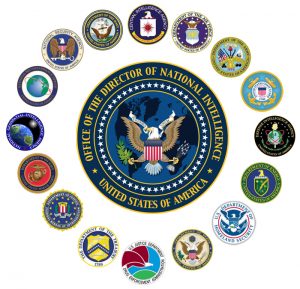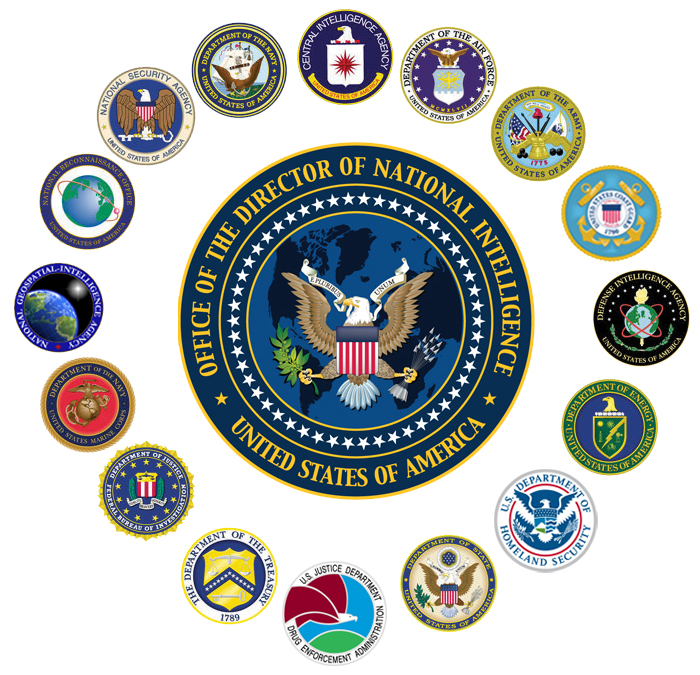By: Bert Thompson
The story of Edward Snowden has been ripped right out of a spy novel – a man steals the secrets of the world’s most powerful nation, releases these secrets to the media, then flees throughout the world while being chased by the aforementioned power. But while Snowden’s story may read like that of a spy novel, the ramifications are real. Every day new tales of intelligence mistakes find their way to the front pages of the newspapers; every day Americans learn of a new wrongdoing by the United States Intelligence Community, chiefly the National Security Agency (NSA). From metadata collection to misrepresenting information to the Foreign Intelligence Surveillance Court (FISA Court), the NSA has been one of the central players in the drama. But the NSA’s actions are only part of this story. The “hidden gem” of the Snowden documents is the Intelligence Community’s black budget, the requested spending of the major agencies that comprise the nation’s intelligence apparatus. 
The documents published by the Washington Post – after they complied with the White House’s request not to release the most sensitive of documents – revealed that the requested budget for the National Intelligence Program (NIP) during fiscal year 2013 was $52.6 billion, or a 2.4 percent decrease from fiscal year 2012. Total intelligence spending peaked in fiscal year 2010, with $80.1 billion spent; $53.1 billion of this was on the NIP, for which spending peaked in fiscal year 2011 with $54.6 billion. Looking within the current request of $52.6 billion, however, things begin to get more interesting. Through the Snowden documents, budget hawks and citizens can see what has not been seen before: how much each individual member of the intelligence community requests for yearly spending.
For fiscal year 2013, the Central Intelligence Agency (CIA) requested $14.7 billion, a 56 percent increase from 2004. Tasked with the collection, evaluation, analyzing, and dissemination of intelligence and with counterintelligence/covert action, the CIA has surged to become the top spender. The NSA received the second-most in funding, bringing in $10.8 billion in 2013, a 53 percent increase since 2004. This number disproved many estimates, as the long-held view was that the NSA was the behemoth of the intelligence community; the NSA was created to protect the government’s information systems and to conduct signals intelligence, known as SIGINT. Instead, it appears that the CIA received almost 50 percent more funding than the NSA. The National Reconnaissance Office (NRO) – given the job of building and operating signal and imagery satellites – had a budget of $10.3 billion in fiscal year 2013, as building and operating satellites is expensive. This represented a 12 percent increase since 2004.
But why is this the first U.S. citizens have seen of the black budget? The black budget has been a highly guarded government secret for many years. Only starting in 2007 has the budget been released, and that figure only has been the aggregate spending amount for the Intelligence Community. The government would not release details of what each agency spent or how it performed against community goals. The budget is broken down into two parts, the NIP and the Military Intelligence Program (MIP); the NIP represents the non-military side of the intelligence community, while the MIP focuses on military intelligence.
Intelligence Community officials – and other members of the government – have guarded the black budget because of national security concerns. Their reasoning is logical: if foreign enemies can see how much many funds the U.S. Intelligence Community requests and on what the U.S. spends these funds on, then they are given an advantage. As the Director of National Intelligence (DNI) James R. Clapper puts it, “Our budgets are classified as they could provide insight for foreign intelligence services to discern our top national priorities, capabilities and sources and methods that allow us to obtain information to counter threats.” He then continues to state that, “The United States has made a considerable investment in the Intelligence Community since the terror attacks of 9/11, a time which includes wars in Iraq and Afghanistan, the Arab Spring, the proliferation of weapons of mass destruction technology, and asymmetric threats in such areas as cyber-warfare.”
But is it really that difficult to guess that the United States has been focusing on terrorism, WMD technology, and cyber-warfare? Is it really that difficult to know what the United States deems a threat in the international realm?
In truth, a major reason that the Intelligence Community does not the desire the budget being released is because of the oversight that is bound to follow. From the creation of the CIA in 1947 to the Church Committee of 1975, the Intelligence Community was given relatively free reign; but following The New York Times author Seymour Hersh’s December 1974 article exposing “family jewels” of the CIA – including spying on American citizens and assassination attempts on multiple foreign leaders – oversight took a more pronounced role in managing the Intelligence Community. Several major steps were taken to increase oversight, including the creation of the Senate Select Committee on Intelligence (SSCI), the House Permanent Select Committee on Intelligence (HPSCI), and the FISA Court.
Oversight – especially from SSCI and HPSCI – should be a priority for those in Congress and in the Intelligence Community. Though the it plays a key role in the protection of the country, the Intelligence Community – chiefly the CIA and NSA – should not have free reign to run amok and spy on those they are sworn to protect and defend. There must be limits to powers and procedures to make sure that those in power work within these limits because, as Daniel Ellsberg of Pentagon Papers fame recently put it, “secrecy corrupts, just as power corrupts.”
The Snowden affair has released a bonanza of documents that could have serious consequences for the national security of the United States, but they also have presented an incredible opportunity for those within the U.S. to increase intelligence oversight. Without oversight, the first line of defense for the United States may turn against it or run amok. While the short-term effects of the budget release may sting, they will hopefully be used to better manage and control the Intelligence Community.

